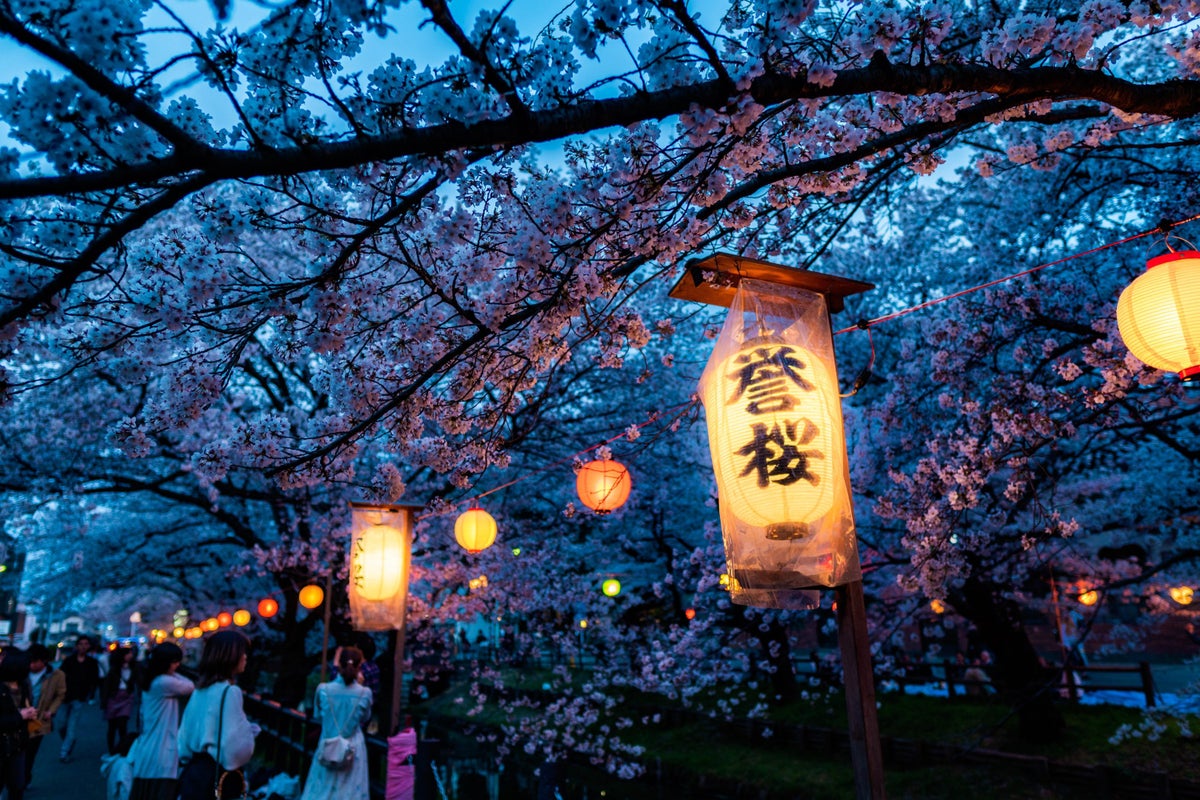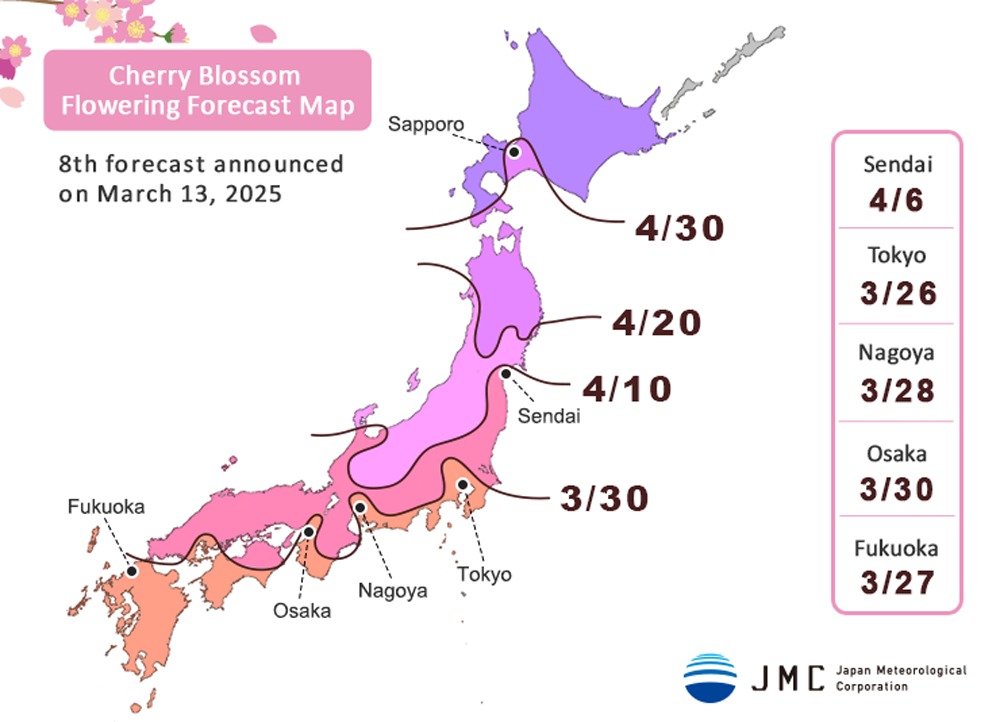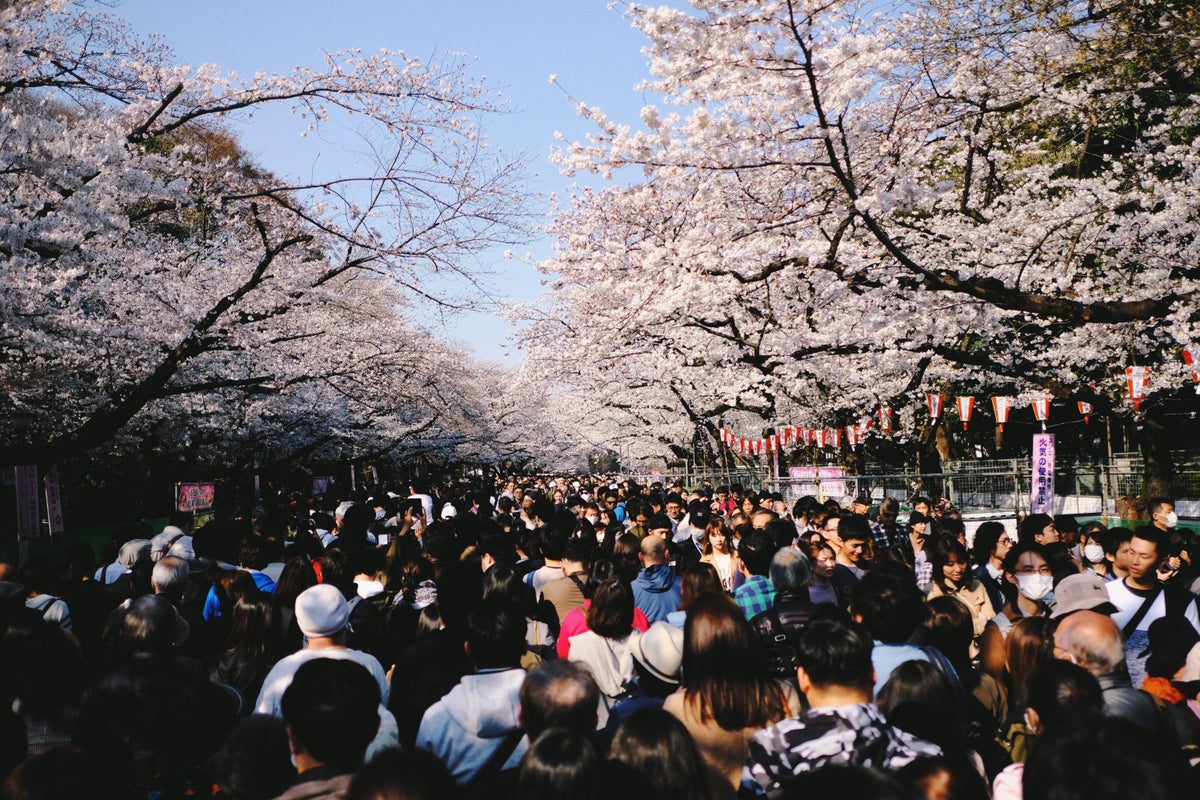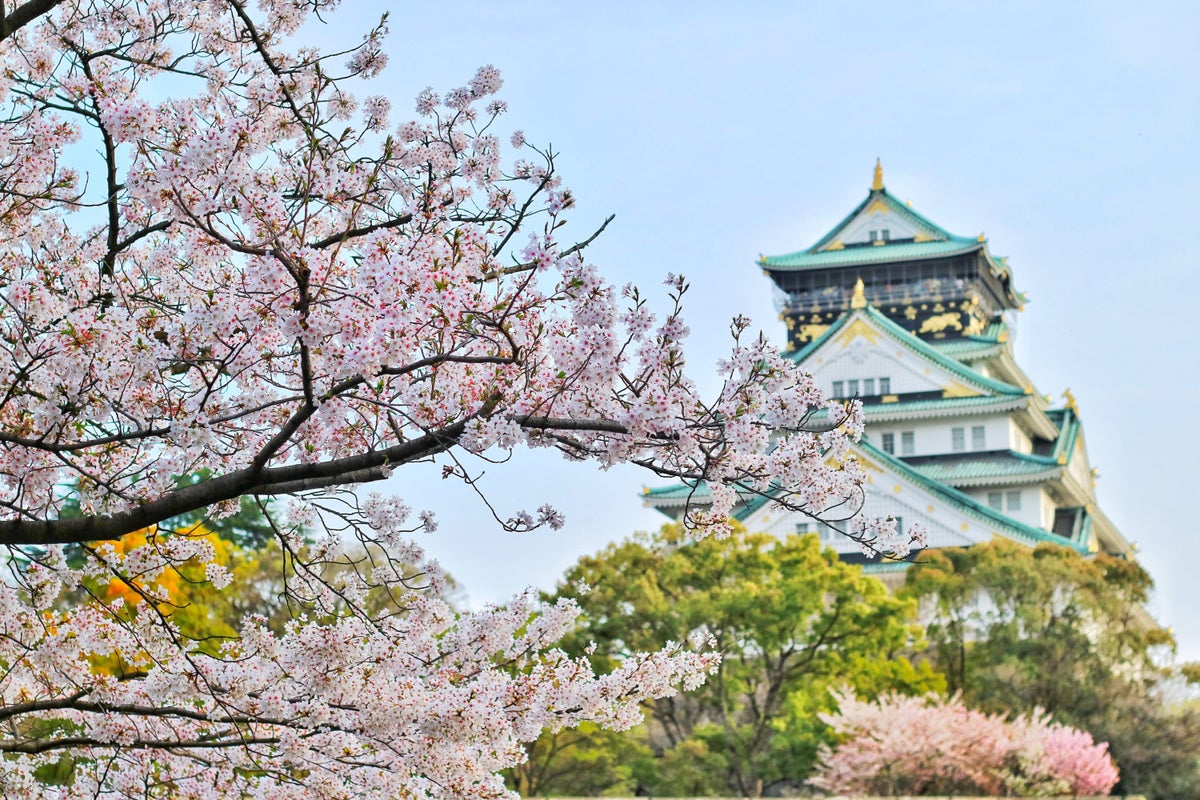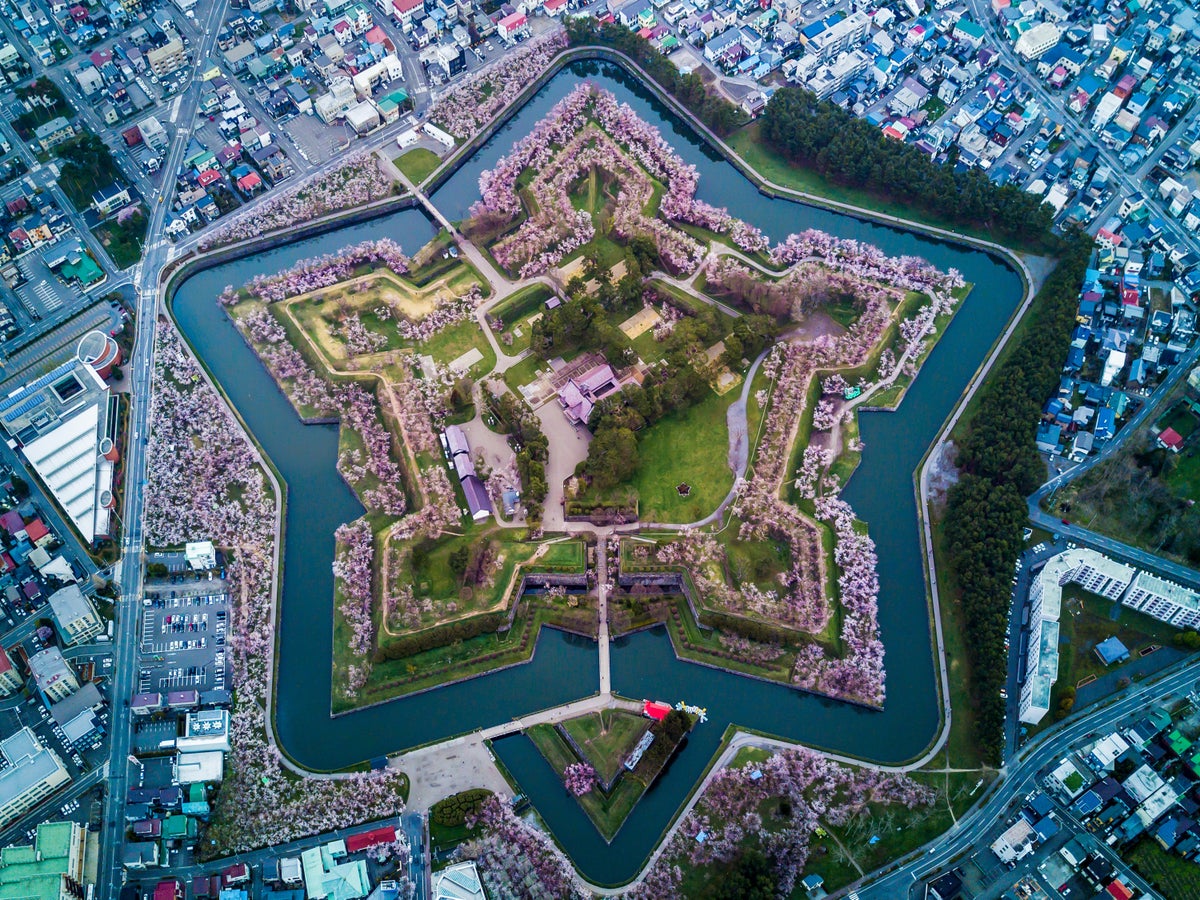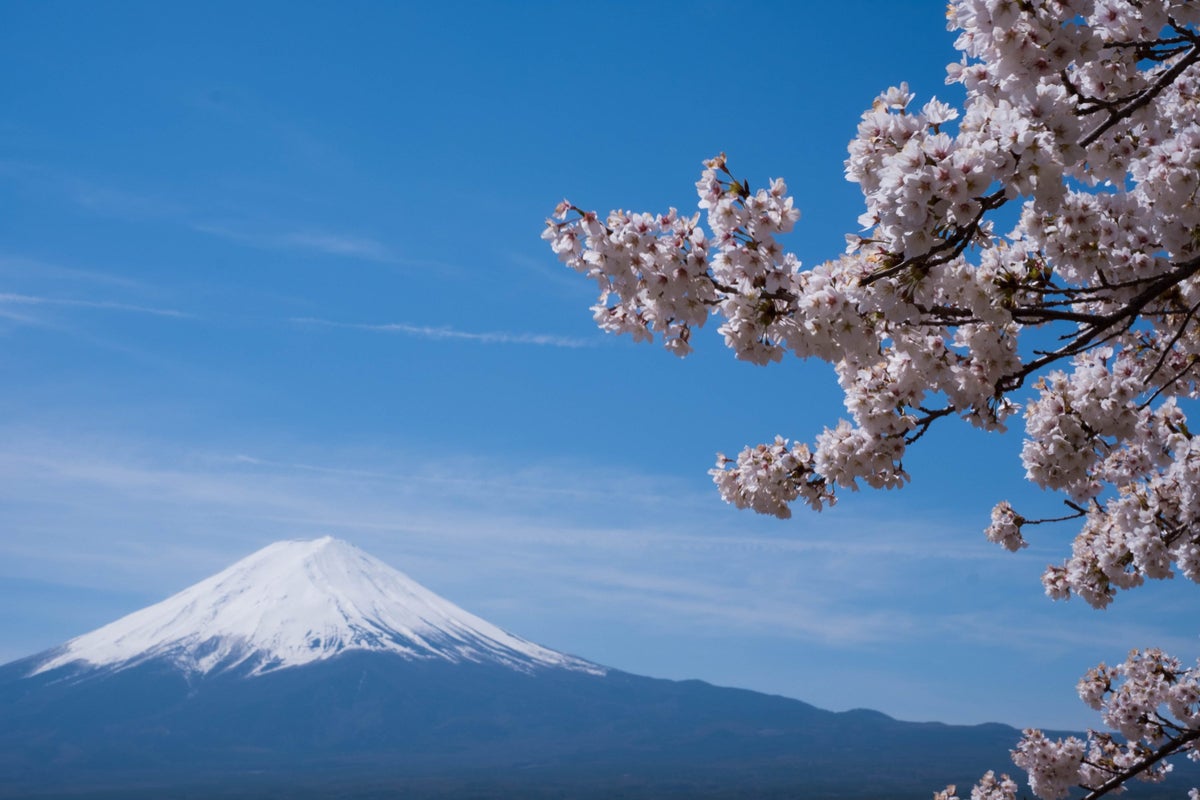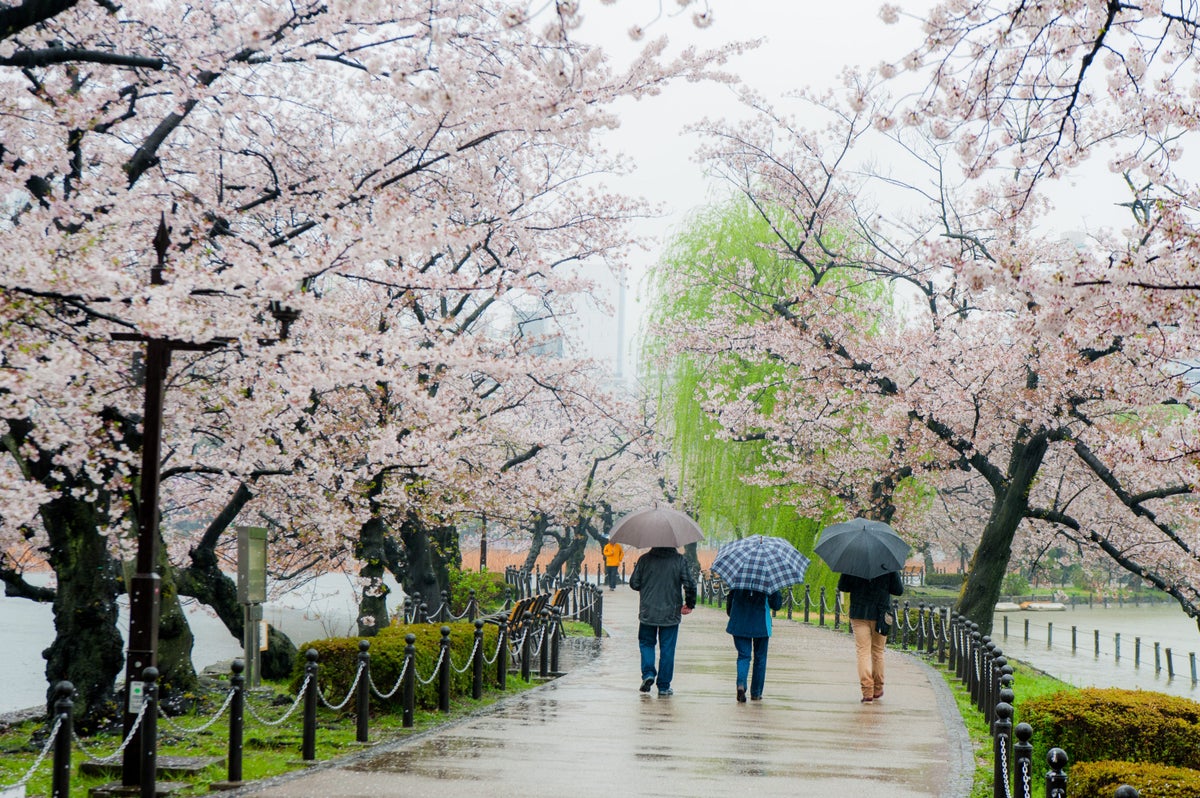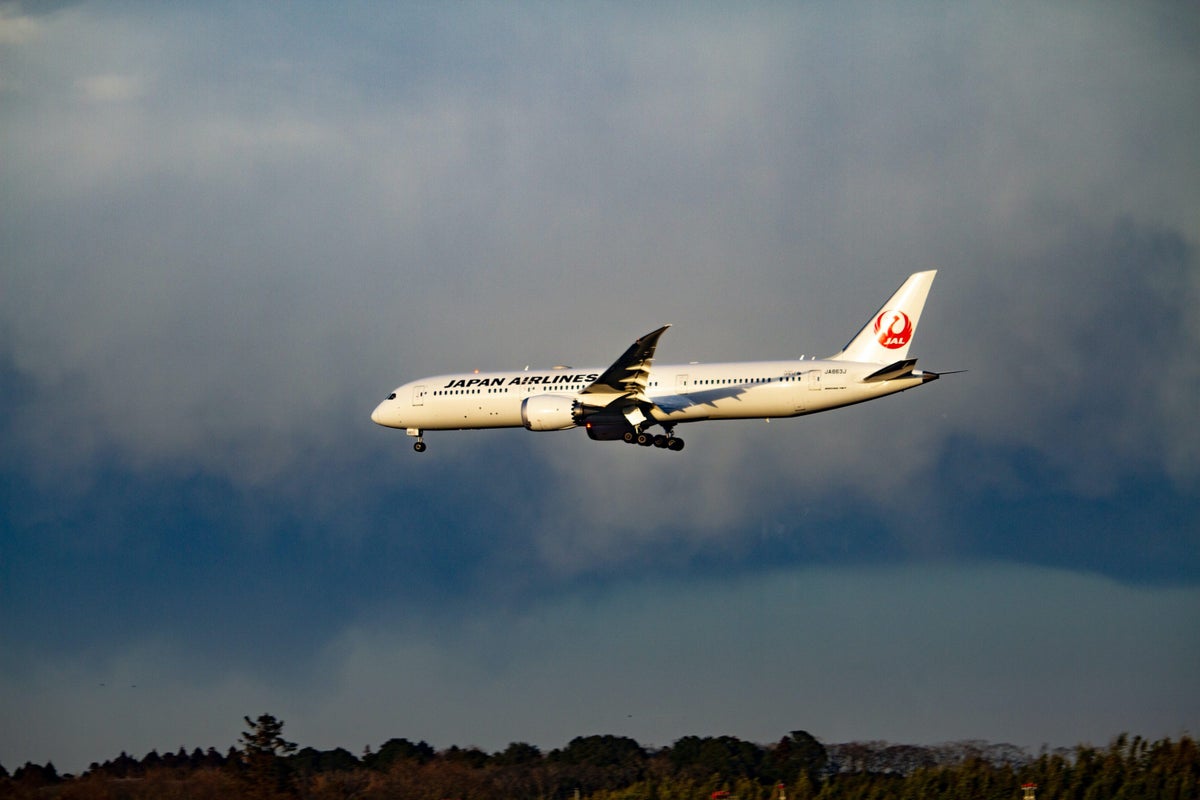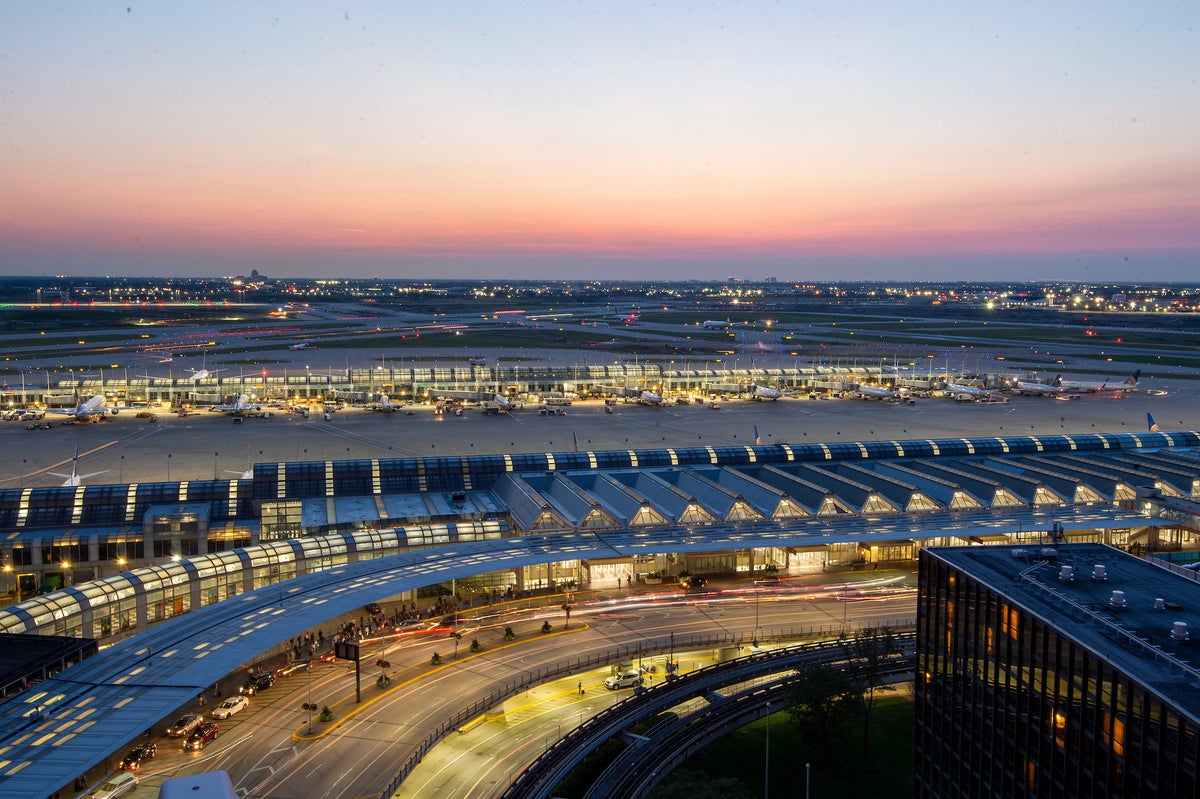Amar Hussain
Amar Hussain
Senior Content Contributor
867 Published Articles
Countries Visited: 63U.S. States Visited: 9
Amar is an avid traveler and tester of products. He has spent the last 13 years traveling all 7 continents and has put the products to the test on each of them. He has contributed to publications incl...
Edited by: Keri Stooksbury
Keri Stooksbury
Editor-in-Chief
107 Published Articles 3820 Edited Articles
Countries Visited: 54U.S. States Visited: 28
Editing with Upgraded Points for over 6 years, as editor-in-chief, Keri manages the editorial calendar and oversees the efforts of the editing team and over 20 content contributors, reviewing thousand...
& Michael Y. Park
Michael Y. Park
Senior Editor and Content Contributor
58 Published Articles 1442 Edited Articles
Countries Visited: 60+U.S. States Visited: 50
Michael Y. Park is a journalist living in New York City. He’s traveled through Afghanistan disguised as a Hazara Shi’ite, slept with polar bears on the Canadian tundra, picnicked with the king and que...
![The Ultimate Guide to the Cherry Blossom Festival in Japan [2025]](https://upgradedpoints.com/wp-content/uploads/2020/02/Cherry-Blossom-Japan.jpg?auto=webp&disable=upscale&width=1200)
